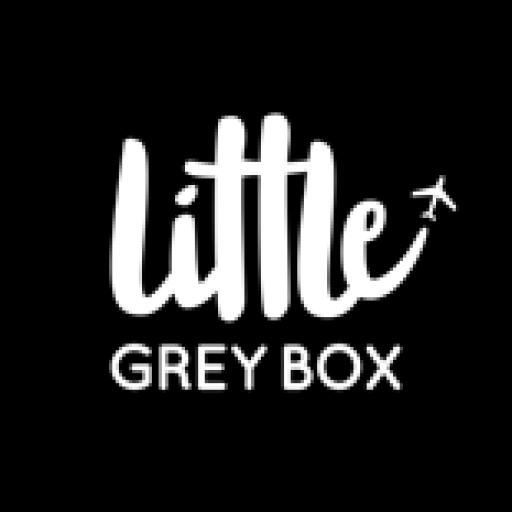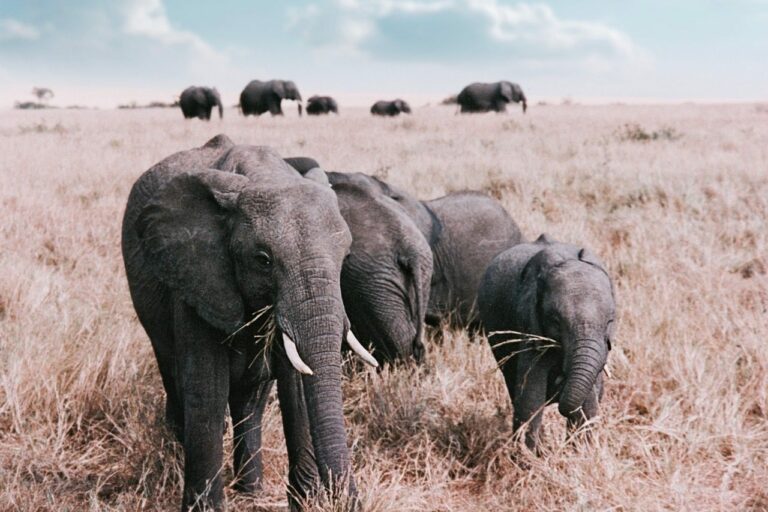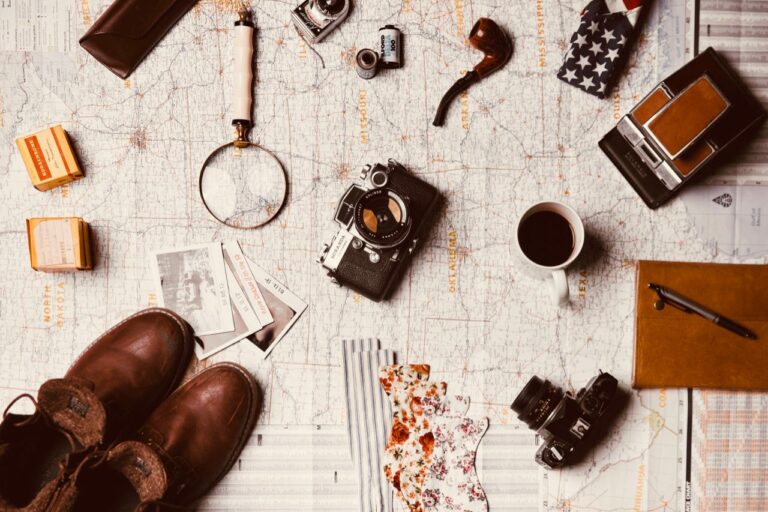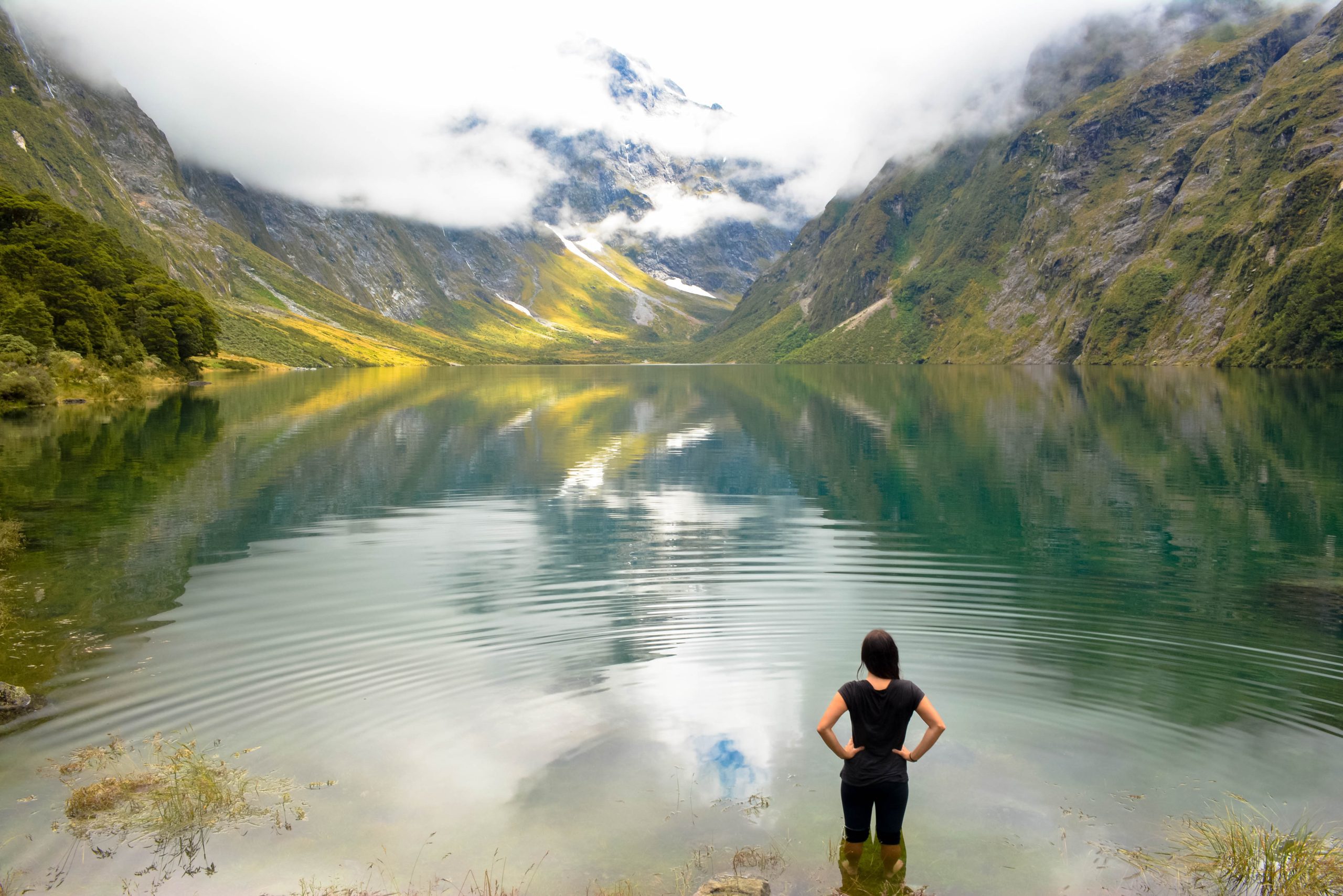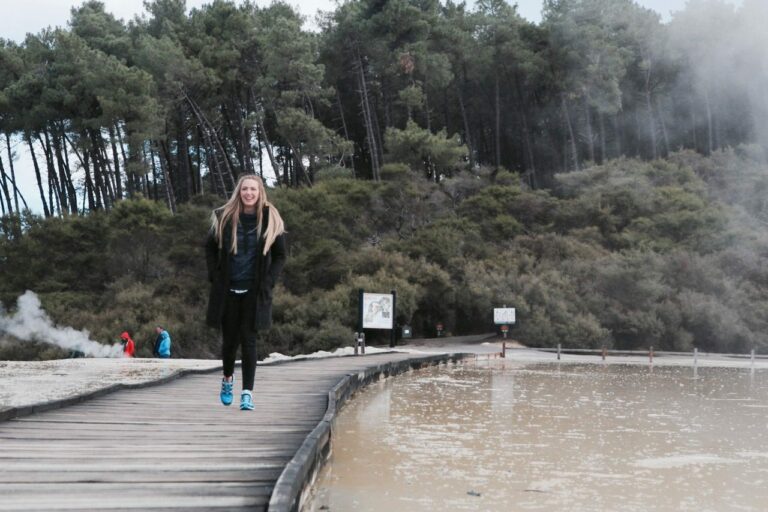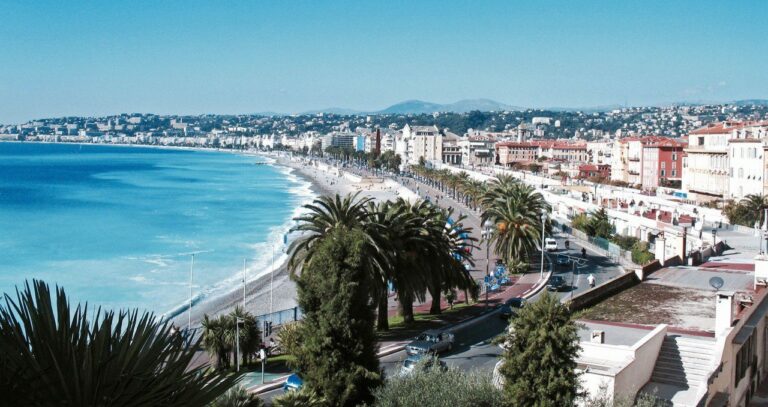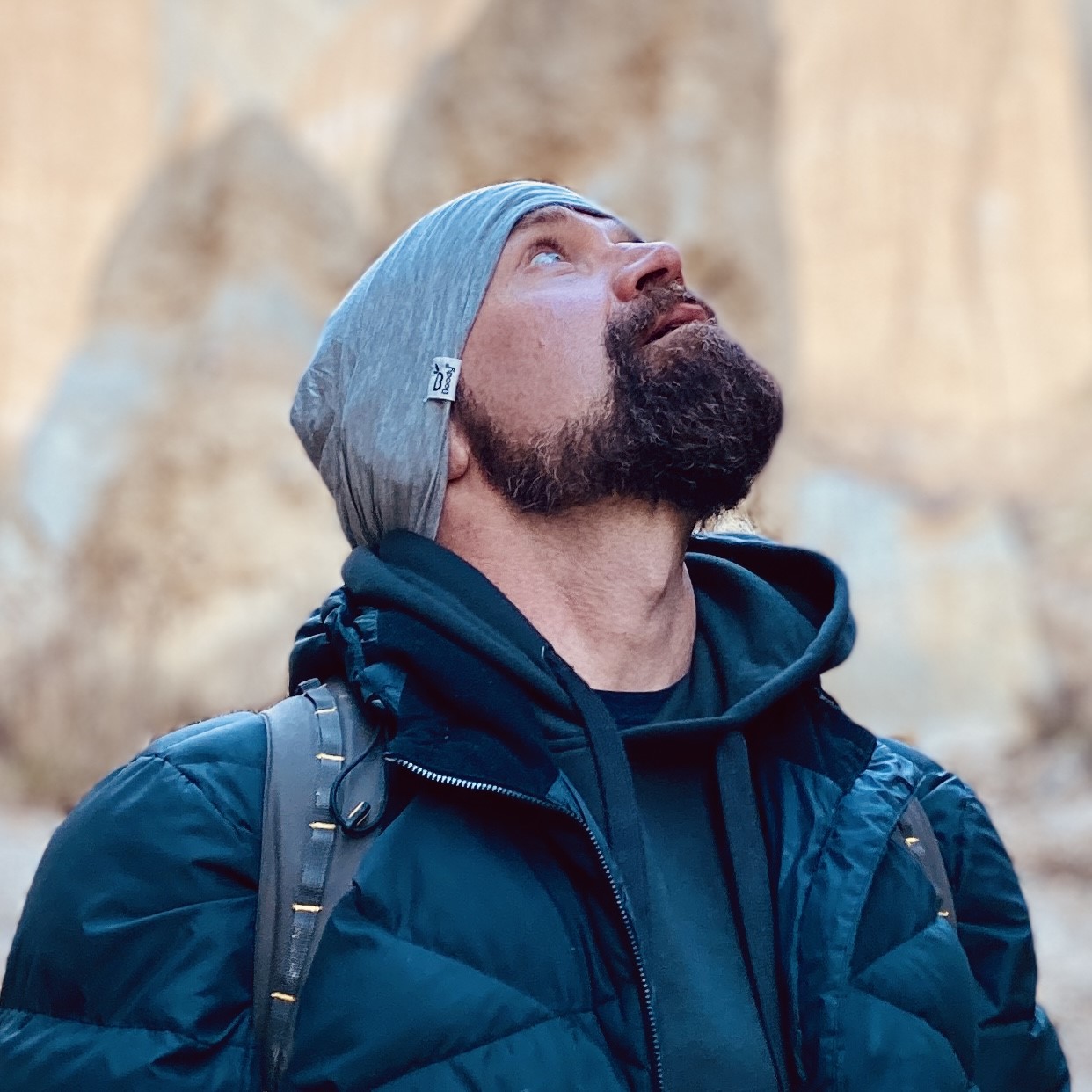My usual deal is to share my adventures with you guys after I’ve visited somewhere. I go, scope it all out then put together guides on the best things to do, where to stay, places to eat and other practical stuff to help anyone planning on visiting. What I realised I haven’t done, is share the ‘before’ bits. All the parts that lead up to the actual trip!
Today I wanted to share that with you some of the things I do to plan and prepare for a trip, how I choose my next destination, booking sites I use and how I decide on hotels. It’s a little bit of insight into how a travel blogger plans their travel!
How do I choose where to go?
There are a few ways a trip comes about for Matt and I. The first and most prominent one is cheap airfares. We subscribe to airline newsletters so we find out about cheap fares as soon as they come up, we also check websites periodically just to see if there’s a special deal listed on the airline’s sale page. In the case of our trip to Hong Kong, it had never been high on our travel bucket list, but when flights come up for $600 per person return on Qantas… you grab your credit card and book the crap out of it. Am I right?!
We just love to travel, so we’re happy to go just about anywhere and being flexible like that means we’re open to new adventures and often wind up places we didn’t expect, like China. You know how those spontaneous nights out are always the best? Yea, it’s the same with travel. The trips that you have the lowest expectations for are often the best ones.
In the case of our trip to Japan, we had both wanted to go to Tokyo for a very long time and as soon as Jetstar had a sale, we pounced on the cheap tickets. Sometimes it’s just about saying, “I want to go on holidays in June… I don’t know where, but I’m going somewhere and as soon as the right place comes up in my budget, I’m booking that mofo!”
Another way we decide on our next destination is work opportunities. I may receive an offer to work with a tourism board or take a trip somewhere and we get to go somewhere we hadn’t planned on which may also give us a chance to visit nearby countries or towns while we’re there. Basically, we just go with the flow, though there are a few places that are very high up on our travel wish list like South America, a Canadian road trip, Alaska and through Scandinavia.
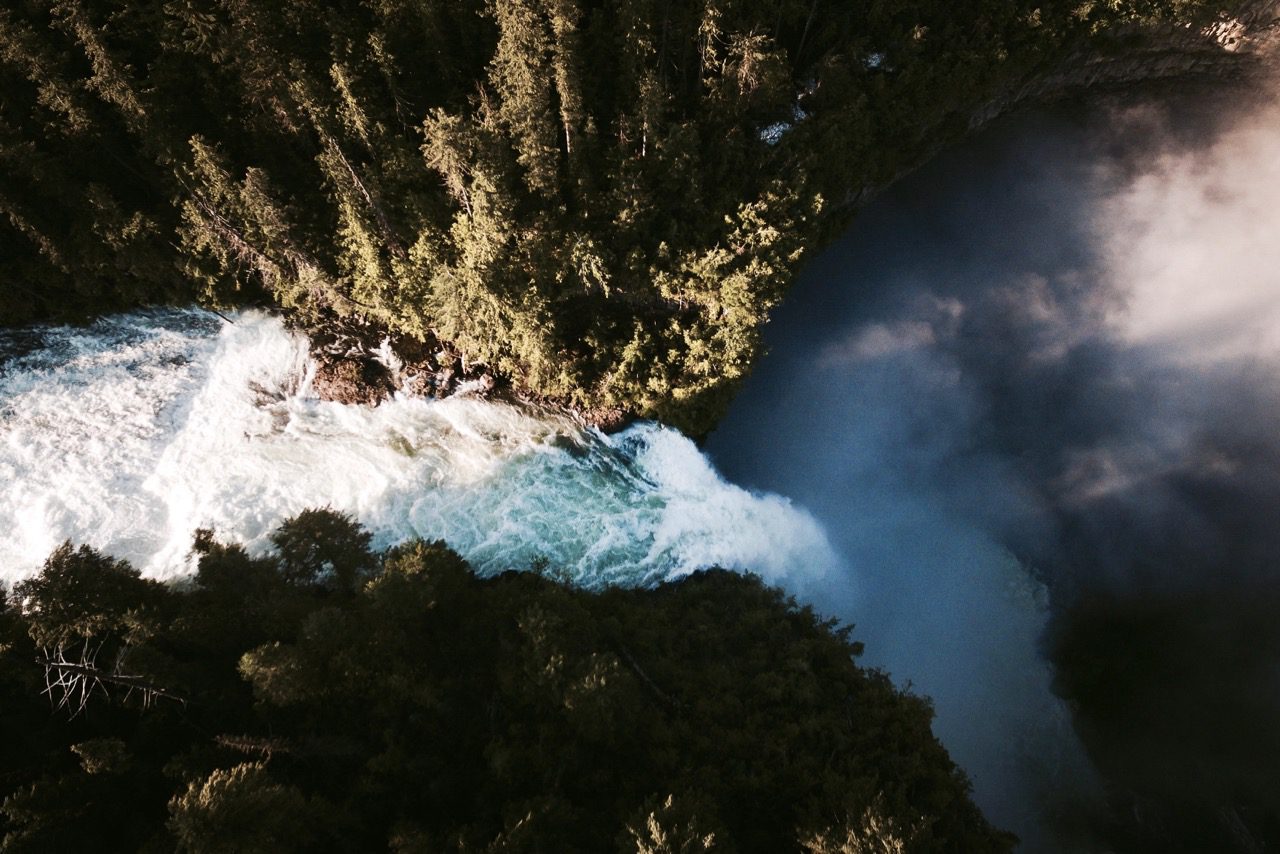
How do I start to plan a trip?
Once the tickets are booked I start scouring the internet for tips on the best places to visit in the area. I’m looking for travel blogs, websites, lonely planet guides and anything else that can give me some insight on where the best places are to stay and what the must-do adventures are. What I’m doing is trying to work out if I spend my whole trip based in Tokyo, for example, or if I have time to get out of Tokyo and go stay somewhere else remote. Is it worthwhile? Is it expensive? How long does it take? How much time do people say you can spend in Tokyo without getting bored? It all adds up and starts to give me an idea of what my time there will look like.
I also spend time on Instagram looking at the hashtags of the place I’m planning on visiting, like #Tokyo #Shinjuku, #Harajuku etc. This helps me find the best spots to take great photographs and find great views of the place I’m visiting. It also helps me start to come up with my ‘to do’ list while I’m there, all the restaurants I want to visit and places I want to see.
It’s also a way of finding the locals and getting the jump on where they’re eating and spending their time so I can have an authentic experience. Another thing I do is google search things like ‘Weird things to do in Tokyo,’ and ‘Funny things to do in Tokyo,’ anything that might yield me some different results and fun experiences. I’m looking for a mix of touristy stuff and weird stuff. As I go, I write things down in my notebook, compiling a list of stuff I want to do.
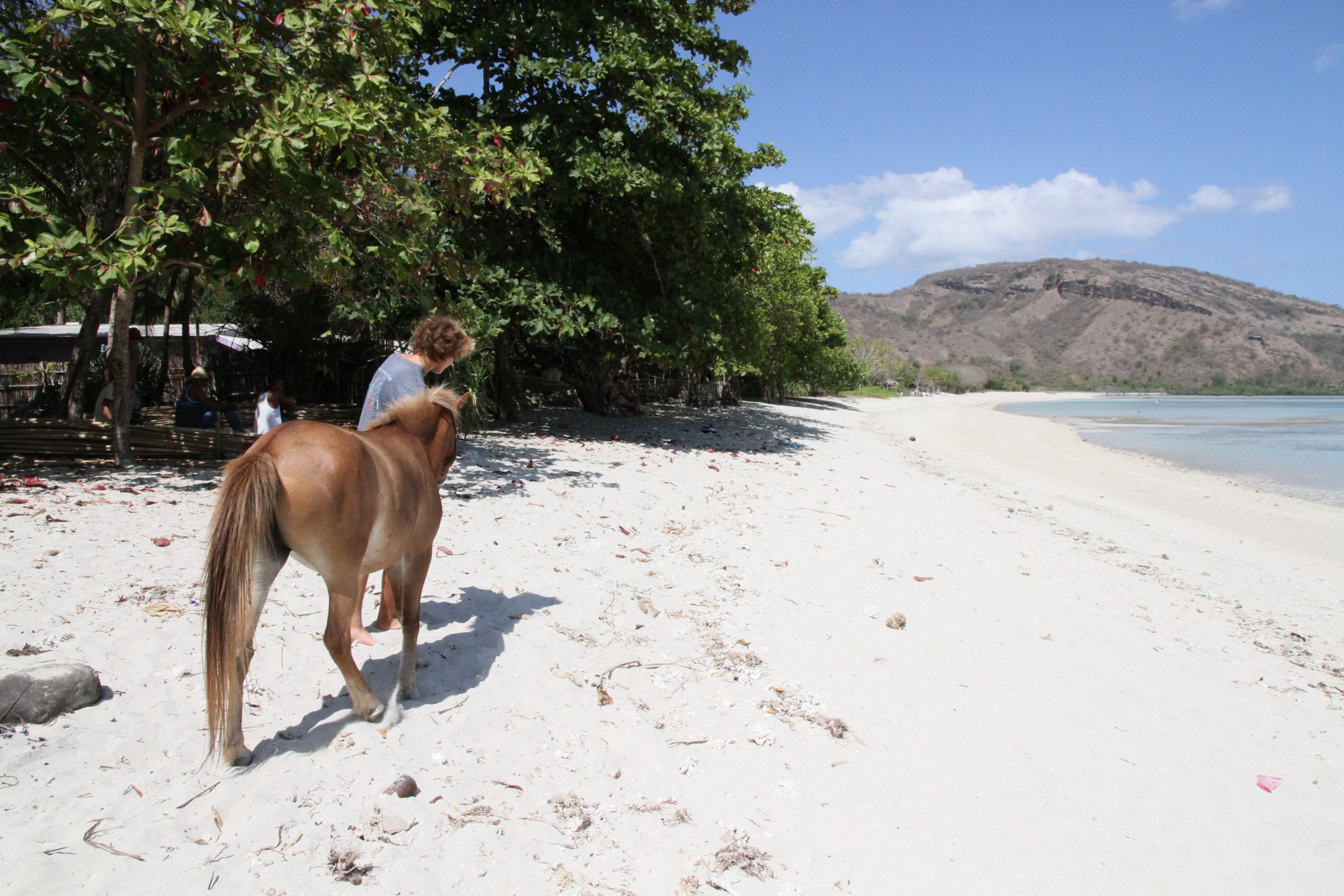
How do I choose a hotel?
Once I’ve researched the area, decided on how long I’m staying and which area(s) I’m staying in, I come up with a budget. What is my total accommodation budget for my entire stay? Then I start researching hotels online with this budget in mind. Rather than dividing my total budget by the number of nights, I prefer to split my time between different range hotels. I start the trip off in budget accommodation, then move to a mid-range hotel and finish things off with a few nights in absolute luxury. It means I get to experience a little bit of everything. The less I spend at the beginning on a budget, the more I have to spend at the end on luxury.
If we’re travelling to Asia we usually book through Agoda, I don’t know why but it just seems to be the way to go when booking hotels in Asia. I will always double-check the hotel reviews on TripAdvisor before making the booking. I’m looking to see what people say about the hotel’s location, the staff/service and the cleanliness of the rooms. It doesn’t bother me if it’s an old-school hotel, just as long as it’s clean, the staff are helpful and it’s in an ideal location near major landmarks or public transport.
Another option for accommodation is using Airbnb, which can be a really great way to save money too, and of course, there is the old favourite… TripAdvisor. I usually double-check the hotel’s website before booking through a booking website, just to see if they have any deals on or promotions we can use to save money. If we’re staying for a long period of time I contact the hotel directly and ask them if they’re able to give us a discounted rate for a longer stay. Sometimes they say yes, sometimes they say no.
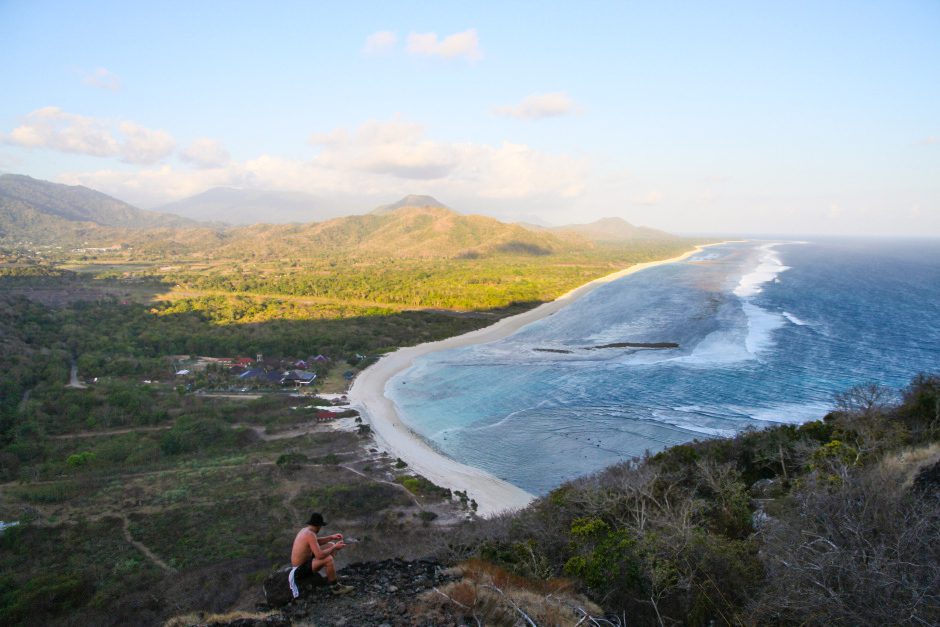
How do I prepare?
Once I’ve got the flights and hotels booked and a rough idea of things I want to do while I’m there I create an itinerary. I just do one up in word using tables and I make a table for each day, using three columns: date, activity and notes. Then I put in all the confirmed information, so I know at a glance what my flight number is, what time it departs and arrives, what hotel I’m checking into, what the address is and what time check-out is.
Then I start to fill in the rest of the itinerary with other activities. I plan out where we’ll have breakfast, lunch or dinner and put in activities like, ‘Visit Yoyogi Park’ or ‘Go to the wet market’. I always schedule downtime too, like ‘Chill-out at the hotel + wifi session’. I plan sleep-in days and late nights where needed as well. Everything on this itinerary is flexible. Days can be swapped and activities can be added or subtracted, but having it all listed out in front of you makes it easy to remember all the things you want to do. You aren’t wasting time in the morning thinking, ‘What should we do today?’… you already have a plan.
I use the notes to put in things like, ‘At this restaurant, try the prawn tempura,’ so I don’t miss out on the restaurant’s speciality or forget why it was supposed to be so good.
I’ve found the itinerary is the best way for me to make sure I don’t waste time. I get to see and do more and it makes the trip a lot less stressful for me as it’s all already thought out. Everything within the itinerary is hyperlinked so I can access all my resources in one spot. I make sure I print the document out (two copies) and email myself a copy too.
Speaking of emails, I also set-up a special folder in my email system for that country. I save every booking confirmation, hotel confirmation, flight ticket, itinerary etc in that one folder without exception, so if I need to find something in a hurry, it’s easy to do so.
So, there you have it… a little bit of insight into how I prepare for a trip. How do you prepare for a trip? I’d love to hear your favourite booking websites and any tips and tricks you use to find the best places to stay, visit and eat at. I’d also love to hear how you choose hotels, destinations and get everything ready to go. Let me know in the comments below or on Facebook.
